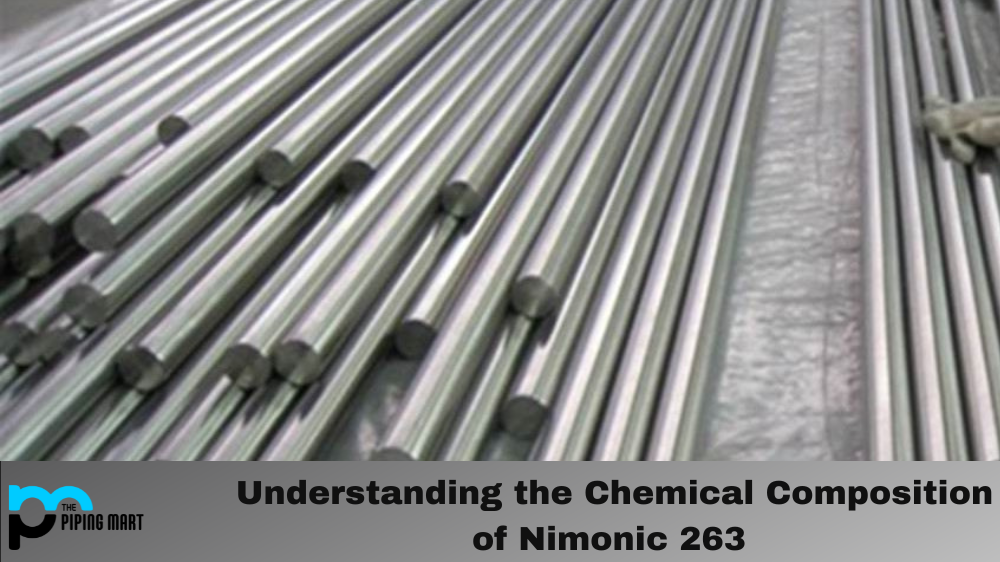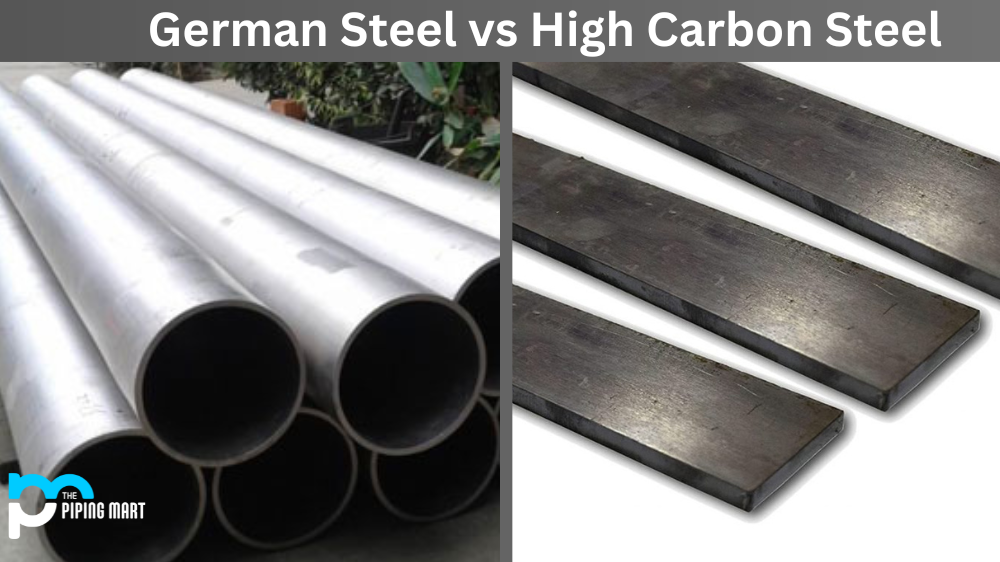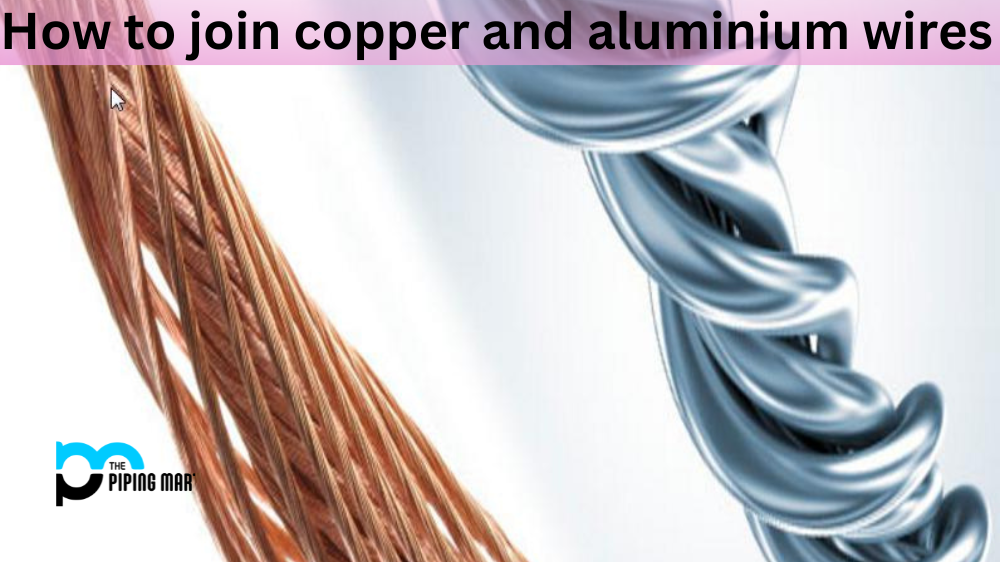Nimonic 263 is a nickel-based superalloy developed by Rolls Royce in the 1950s. It is known for its strength and durability at high temperatures, making it one of the most widely used alloys in gas turbine engines. However, many people don’t know much about its chemical composition. Let’s take a look at what makes Nimonic 263 so unique.
The primary element in Nimonic 263 is nickel, which makes up 73% of the alloy by weight. The remainder of the alloy is composed of chromium (20%), cobalt (5%), and molybdenum (2%). These elements work together to create an incredibly durable and heat-resistant material. Thanks to its low coefficient of thermal expansion, it can withstand extreme temperature fluctuations without cracking or deforming. This makes it ideal for use in high-performance engines subjected to rapid temperature changes over short periods.
In addition to being strong and heat resistant, Nimonic 263 has excellent oxidation and corrosion resistance. This allows it to be used in harsh environments where other materials would quickly deteriorate or corrode away. It also has good weldability and machinability, making it easy to work with during fabrication processes like cutting, drilling, tapping, and welding. Finally, it is nonmagnetic and has good electrical properties as well.
| Element | Content (%) |
|---|---|
| Nickel, Ni | 49 |
| Cobalt, Co | 19-21 |
| Chromium, Cr | 19-21 |
| Molybdenum, Mo | 5.60-6.10 |
| Titanium, Ti | 1.90-2.40 |
| Iron, Fe | 0.70 |
| Manganese, Mn | 0.60 |
| Aluminum, Al | 0.60 |
| Silicon, Si | 0.40 |
| Copper, Cu | 0.20 |
| Carbon, C | 0.040 – 0.080 |
| Boron, B | 0.0050 |
| Sulfur, S | 0.0070 |
Conclusion
Nimonic 263 is an incredibly versatile superalloy that has earned its place as one of the most popular alloys for use in gas turbine engines due to its strength and durability at high temperatures, as well as its oxidation resistance and corrosion resistance. Its low coefficient of thermal expansion means that it can withstand extreme temperature fluctuations without cracking or deforming while still maintaining excellent weldability and machinability properties. Whether you’re looking for an alloy that can stand up to extreme conditions or something that is easy to work with during fabrication processes, Nimonic 263 may be just what you need!

Pipingmart is B2B portal specializes in industrial, metal and piping products. Also, share latest information and news related to products, materials and different types grades to help business dealing in this industry.




